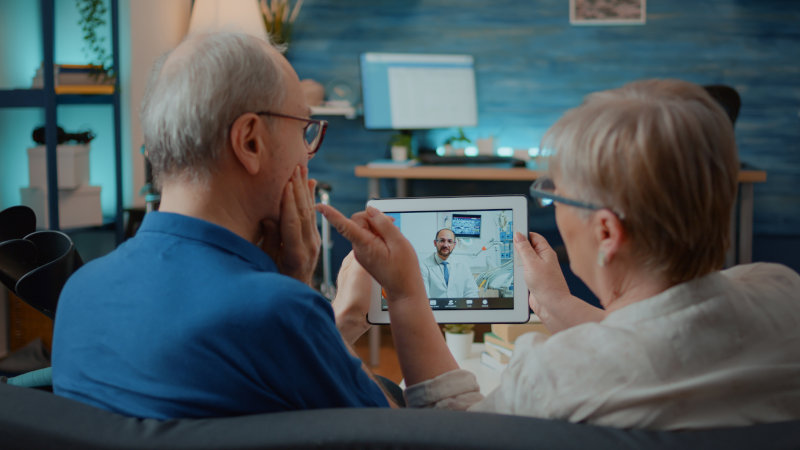Remote patient monitoring (RPM) devices are one of the newest game-changers in healthcare, particularly in the management of chronic conditions. RPM technology is helping to improve patient outcomes and reduce healthcare costs for chronic illnesses.
What are remote patient monitoring devices?
With RPM, patients can use medical devices such as blood pressure cuffs, weight scales, glucometers, and thermometers to monitor their health at home. These devices are connected to a remote monitoring system, allowing healthcare providers to receive real-time data about the patient’s health status without them needing to be in the same room. Telehealth platforms and smartwatches can also be used for remote patient monitoring.
What are the benefits of remote patient monitoring tools?
RPM has numerous benefits for both patients and healthcare providers. For patients, RPM technology enables them to take an active role in their healthcare by providing them with the tools they need to monitor their health from home, which can actually have a positive effect on patients’ health.
Empowering patients with remote patient monitoring tools
By allowing patients to monitor their health from home, they are empowered to get involved with their own healthcare. RPM tools empower patients to manage their chronic conditions more effectively, leading to effective monitoring, better health outcomes, and an overall better quality of life. Many chronic illnesses make it more challenging for patients to travel and make doctors’ appointments. Telemedicine is the most convenient way to get the care you need when you need it.
Telemedicine and remote patient care
Telemedicine platforms such as Vosita facilitates easier communication and visits with providers. It provides patients with a simple and user-friendly solution to track their appointments, communicate with their healthcare providers, and have virtual appointments from the comfort of their own home. Vosita is designed to be easy to use, even for patients who are not tech-savvy.
RPM technology is especially important in the management of chronic conditions. With chronic diseases costing the U.S. $3.7 trillion per year, focusing on preventive care is essential to patient and economic survival. Early intervention is critical in managing chronic conditions, and RPM technology provides patients and healthcare providers with the tools they need to identify potential issues before they become serious.
Remote patient monitoring is quickly becoming a critical component of the healthcare system’s shift towards home-based technologies. RPM technology coupled with telemedicine is making huge strides to improve patient outcomes, reduce long-term healthcare costs, and ease the administrative burden on healthcare providers. Medical staff can now reach across the Internet to take a patient’s pulse or check on blood sugar levels, saving time, money, and most importantly, lives.




